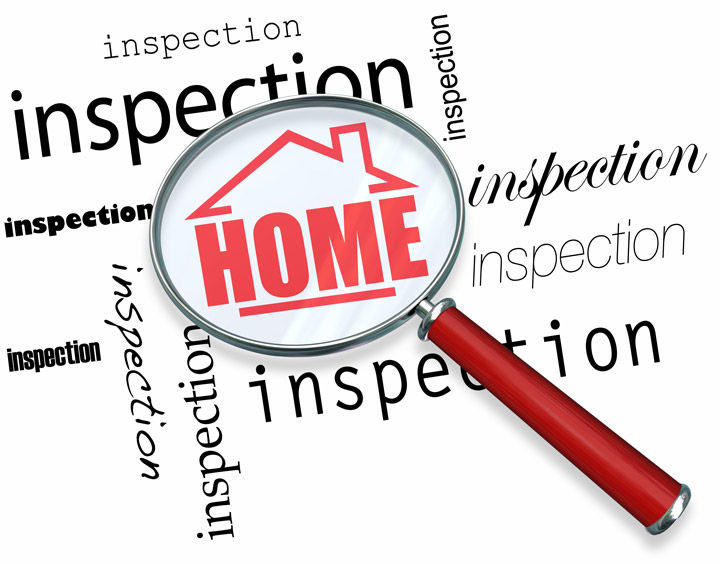
What Goes Into an Appraisal?A home purchase is the most serious transaction most people will ever consider. It doesn't matter if where you raise your family, a second vacation property or an investment, purchasing real property is a complex transaction that requires multiple parties to make it all happen. Most of the parties participating are very familiar. The real estate agent is the most recognizable face in the transaction. Then, the mortgage company provides the money needed to finance the deal. And ensuring all details of the transaction are completed and that a clear title passes from the seller to the buyer is the title company. So, what party makes sure the value of the real estate is in line with the amount being paid? This is where the appraiser comes in. We provide an unbiased opinion of what a buyer could expect to pay — or a seller receive — for a property, where both buyer and seller are informed parties. A licensed, certified, professional appraiser from Donica Appraisals will ensure, you as an interested party, are informed. The inspection is where an appraisal beginsTo determine an accurate status of the property, it's our duty to first perform a thorough inspection. We must see features first hand, such as the number of bedrooms and bathrooms, the location, amenities, etc., to ensure they truly are present and are in the condition a typical buyer would expect them to be. The inspection often includes a sketch of the floorplan, ensuring the square footage is accurate and conveying the layout of the property. Most importantly, we identify any obvious amenities - or defects - that would have an impact on the value of the house. After the inspection, an appraiser uses two or three approaches to determining the value of real property: sales comparison and, in the case of a rental property, an income approach. 
Replacement CostHere, we use information on local building costs, the cost of labor and other factors to determine how much it would cost to construct a property nearly identical to the one being appraised. This value commonly sets the maximum on what a property would sell for. It's also the least used predictor of value. 
Analyzing Comparable SalesAppraisers can tell you a lot about the communities in which they work. They thoroughly understand the value of particular features to the residents of that area. Then, the appraiser researches recent sales in close proximity to the subject and finds properties which are 'comparable' to the property in question. By assigning a dollar value to certain items such as square footage, extra bathrooms, hardwood floors, fireplaces or view lots (just to name a few), we adjust the comparable properties so that they are more accurately in line with the features of subject.
Once all necessary adjustments have been made, the appraiser reconciles the adjusted sales prices of all the comps and then derives an opinion of what the subject could sell for. At Donica Appraisals, we are an authority in knowing the worth of real estate features in Hatfield and Polk County neighborhoods. The sales comparison approach to value is most often awarded the most consideration when an appraisal is for a home sale. Valuation Using the Income ApproachIn the case of income producing properties - rental houses for example - we may use an additional way of valuing a house. In this scenario, the amount of revenue the real estate generates is taken into consideration along with income produced by neighboring properties to give an indicator of the current value. Putting It All TogetherCombining information from all approaches, the appraiser is then ready to put down an estimated market value for the property at hand. It is important to note that while this amount is probably the strongest indication of what a house is worth, it probably will not be the final sales price. It's not uncommon for prices to be driven up or down by extenuating circumstances like the motivation or urgency of a seller or 'bidding wars'. But the appraised value is typically used as a guideline for lenders who don't want to loan a buyer more money than the property is actually worth. It all comes down to this, an appraiser from Donica Appraisals will help you attain the most fair and balanced property value, so you can make the most informed real estate decisions. |